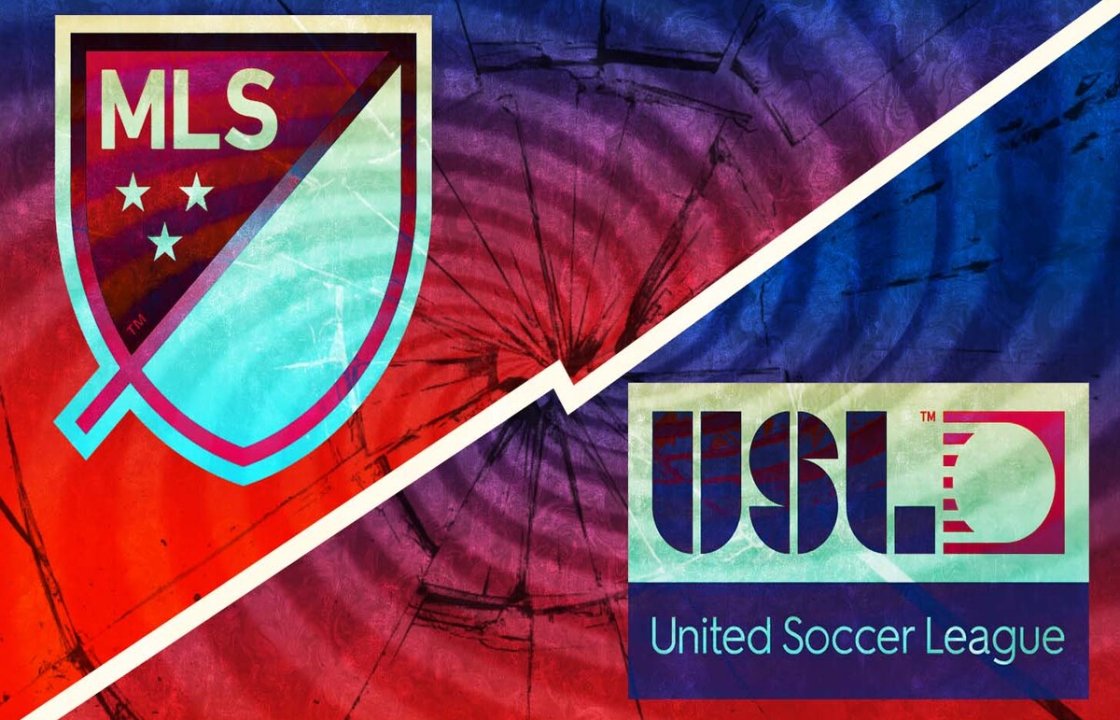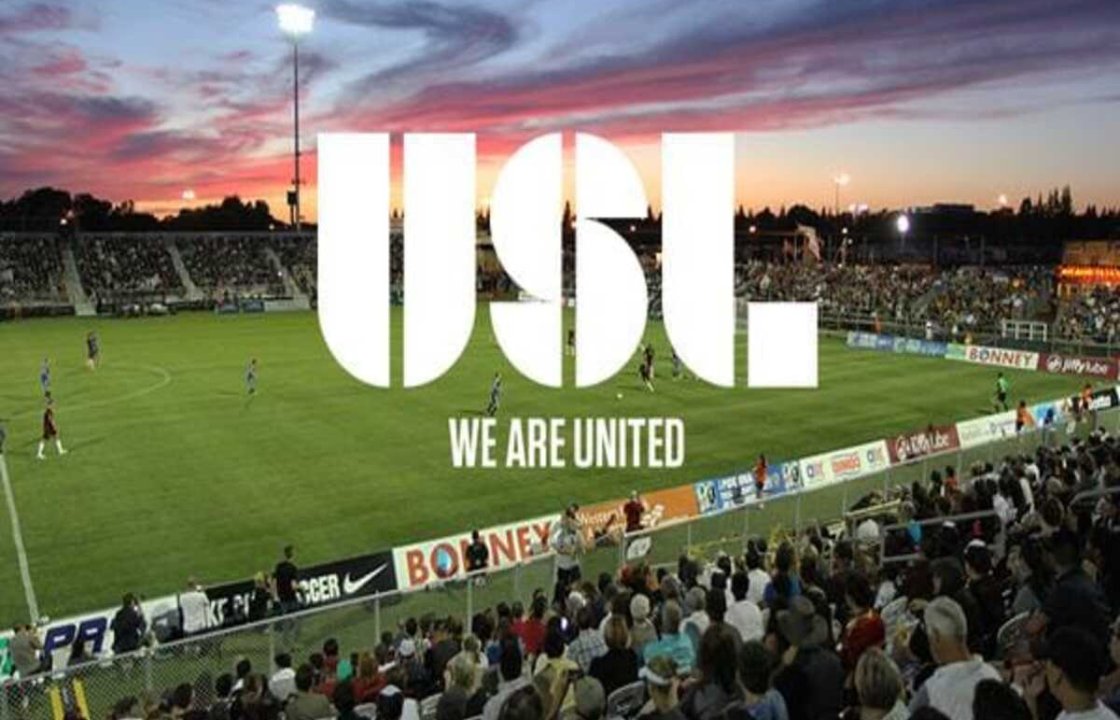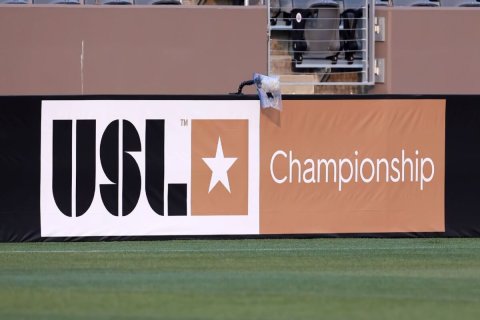The United Soccer League (USL) is no longer just a stepping stone; it’s emerging as a serious professional alternative to the Major League Soccer (MLS), reshaping the competitive landscape of soccer in the United States.
The USL’s Transformation into a Professional Powerhouse
In recent years, the USL Championship and USL League One have undergone a remarkable transformation. Once perceived as developmental leagues or destinations for players unable to secure an MLS spot, the USL is now attracting top-tier talent, serious investment, and unprecedented fan engagement. This shift has been fueled by a commitment to local markets, a focus on competitive balance, and a clear vision to grow as a legitimate professional soccer platform rather than an MLS subsidiary.
The USL’s rebranding efforts, better broadcasting deals, and expanded marketing have amplified its presence nationwide. Instead of quietly existing under MLS’s shadow, the USL is building its own identity, appealing to fans who crave authentic, community-driven soccer.
Key Differences That Set USL Apart from MLS
While MLS operates with franchise fees, salary caps, and a single-entity structure, the USL’s model is notably more flexible. Clubs enjoy greater autonomy in player recruitment, operational strategies, and branding decisions. This independence allows certain USL teams to reflect the culture and identity of their local communities more intimately, without the corporate uniformity often associated with MLS franchises.
Moreover, the USL’s promotion of young domestic players and open door for experienced international professionals creates a dynamic blend of styles and skill levels. Players seeking consistent minutes, creative freedom, and opportunities for leadership roles often find the USL to be a better fit than the more rigid, high-pressure MLS environment.

Expanding Reach and Influence
The geographic reach of the USL is one of its most powerful assets. With clubs located in mid-sized cities and regions that MLS has yet to reach, the league fills a critical gap in the American soccer ecosystem. Communities that previously lacked professional soccer now have local teams to support, fostering deep fan loyalty.
USL teams often play in soccer-specific stadiums or historic local venues, giving fans an intimate matchday experience. These smaller-capacity stadiums enhance atmosphere and make each game feel personal and intense, contrasting with the sometimes distant feeling of larger MLS arenas.
Television partnerships and streaming platforms have also widened the USL’s accessibility, bringing games to national and international audiences. This visibility not only boosts the league’s profile but also provides greater exposure for players seeking opportunities abroad.
Investment, Expansion, and Ambition
The USL’s growth strategy has been bold yet calculated. Expansion into new markets has been accompanied by investments in infrastructure, youth development, and professional standards. Ownership groups increasingly feature experienced sports executives and former professional athletes who understand the nuances of building a lasting soccer club.
A key indicator of the USL’s ambition is the development of independent academies and structured pathways from youth to pro. This system enables talented players to bypass the traditional college soccer route or MLS academies, creating more diverse entry points into the professional game.
Additionally, the league has been proactive in supporting women’s soccer with the launch of the USL Super League, reflecting a commitment to inclusive growth and a holistic vision for soccer in the U.S.
The Rivalry and Coexistence with MLS
While the USL’s rise sparks conversations about rivalry, the reality is more nuanced. The MLS and USL are not in direct competition for all markets but instead are coexisting with occasional crossover. Many players move between the leagues, and some MLS-affiliated clubs maintain relationships with USL teams.
However, as USL clubs become more competitive financially and on the pitch, they increasingly retain their top performers instead of losing them to MLS. The USL’s growing appeal means that talented players now have more than one viable path to success in American professional soccer.
For fans, this diversification is a win-win. The presence of two strong leagues raises overall standards, creates more professional opportunities, and deepens the soccer culture across the country.

Why the USL Matters for the Future of American Soccer
The USL is helping to decentralize the professional soccer scene in the U.S., making the sport more accessible and representative of diverse communities. By investing in infrastructure, nurturing local rivalries, and creating pathways for both players and coaches, the league strengthens the foundation of American soccer beyond just the top tier.
This broader ecosystem will be crucial as the U.S. prepares to host the 2026 FIFA World Cup. The USL’s local market penetration and grassroots connections position it as a vital partner in growing the sport’s popularity, particularly in regions outside the MLS spotlight.
Relating to Our Work at SIA Academy
At SIA Academy, we understand the importance of multiple professional pathways and the value of leagues like the USL in providing real opportunities for players. Many of our athletes aim to build careers in environments that allow them to develop, compete, and showcase their talent on a consistent basis. The USL’s emphasis on player development, competitive balance, and community connection aligns perfectly with our philosophy.
Through personalized training programs, competitive match experience, and international exposure, we prepare our players to thrive in leagues where adaptability, skill, and tactical intelligence are crucial. Just as the USL gives players a platform to shine outside the MLS system, SIA Academy gives young athletes the tools, mindset, and opportunities to succeed—no matter which professional route they take.



